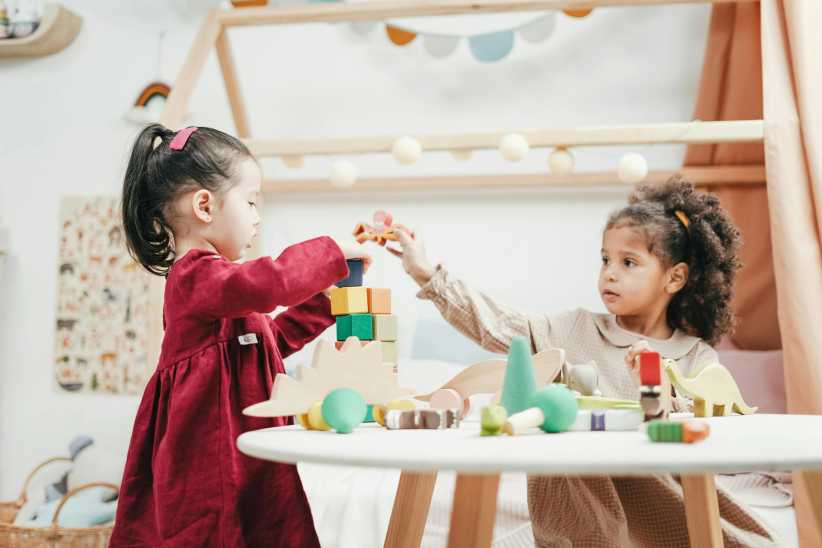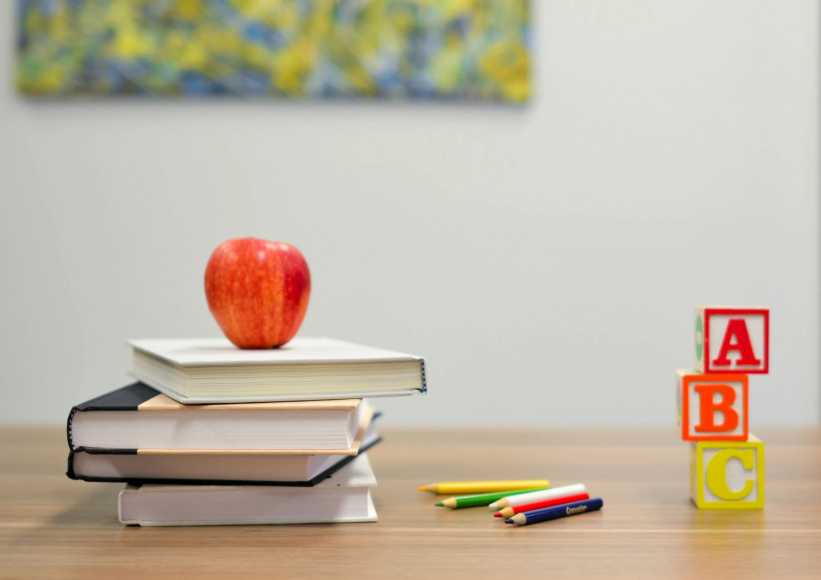Dear parents,
It is a simple fact that funding for the arts in schools is dropping — reducing the time spent on them. Having fewer opportunities to explore the arts is a shame because the arts play an important role in children’s math, reading, problem-solving, and critical-thinking skills. And there is the inescapable fact that the arts can bring joy, as well as learning, to children, resulting in the creation of a satisfying interest in them throughout their lives. Our summer learning activities are designed to pick up the slack from disappearing arts programs in schools.
Dance
Dance is a great way to gain better balance and coordination. It also is a different way to exercise that is a lot of fun as well as a way to express your creativity. Here are some ideas for a fun-filled week of family dancing:
• Dance to a dance exercise video.
• Put on some music and have everyone dance as if they were different kinds of animals (chicken, elephant, cat, and so on).
• Put on different kinds of music and just respond to the beat.
• Watch shows with dancing, from ballet to “Dancing With the Stars.”
• Attend a dance production in the community.
Theater
Your first arts activity involved dancing. Keep on dancing as you explore the arts of drama and the theater:
• Search the newspaper or online for local productions by theater groups and colleges to give your children a taste of what the theater is like. Then try to attend one of these productions or see a rehearsal.
• If there is a children’s theater group in your community, your children may be able to take part in a program that will let them learn more about acting or the behind-the-scenes activities involved in putting on a play.
• Go to Zoom Playhouse at pbskids.org/zoom/activities/playhouse to find plays for the family to perform. You don’t need to memorize a role; just read it over silently several times so everyone can read their role easily. These plays are really CUTE!
• Watch a play on television with your children.
Sculpture
To most children, art centers on painting and drawing. This week, expand their artistic creativity to sculpture by giving them the opportunity to create actual objects. Your children can use a variety of materials to create sculptures, such as Play-Doh, sand, wood, Styrofoam, rocks, soap, paper, LEGOS, Tinkertoys, and ornaments. They can carve the materials, glue them together, or shape them with their hands. We’ll give you several ideas of projects; however, you can find many more by searching online for “sculpture activities for kids.”
• Play-Doh is a great beginning material for young sculptors. Unfortunately, if it is allowed to harden, it is likely to crack. To avoid this, look for oven-curable clay in your local craft stores to make lasting creations.
• Sand is also a great sculpting material. Wonderful castles can be created in sandboxes and at the beach. To preserve them for a few weeks, spray them with hairspray or use a mixture of 10 parts sand, one part glue, and three parts water.
• Your children also can make edible sculptures by using a combination of pretzel sticks and mini and large marshmallows. They can form them on a graham cracker base and glue them together with frosting.
Paint like the masters
Painting teaches children how to communicate visually and enhances the fine motor skills of young children and the creativity of older children. This week, increase your children’s knowledge of famous artists by having them paint in the artists’ styles.
• Begin by looking online or in art books at the paintings of several artists. Some interesting choices are: Georges Seurat, whose paintings are made of dots that somehow blend together. There is also Piet Mondrian, who later in his career only used vertical and horizontal straight lines and the colors red, blue, yellow, and black. They also can view the work of Jackson Pollock and then fling paint from sticks or large brushes onto canvasses to imitate his style.
• Take your older children to an art museum with a sketching pad. Then encourage them to copy several paintings that they find appealing.
Music
Early musical training contributes to the development of the left side of the brain, which is involved in language processing. And music helps children learn to think creatively. Start your children listening to and making music as early as you can.
• It’s Fourth of July time. Play John Philip Sousa patriotic tunes and march around the house.
• Have a family picnic in a park and enjoy a free band concert.
• Visit www.schoolhouserock.tv with your school-age children. They can have fun learning grammar, multiplication, and science to such lively tunes as “Multiplication Rock” and “Conjunction Junction.”
• Make musical instruments, from drums to tambourines, for your young children to play. Look online for “homemade musical instruments” for more ideas.
• Start your children on music lessons.
Parents should send questions and comments to dearteacher@dearteacher.com or ask them on the columnists’ website at www.dearteacher.com.
© Compass Syndicate Corporation, 2013.
Distributed by King Features Syndicate.
















